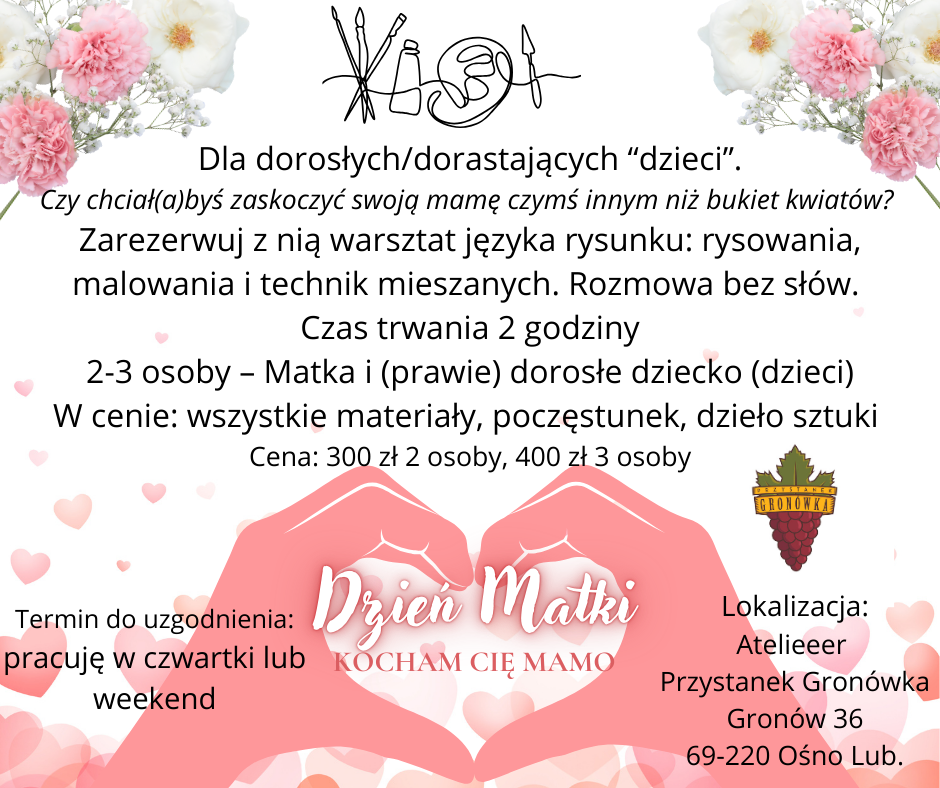At the intersection of art and science, in a world full of information noise and the pressures of everyday life, more and more people are discovering the power of ARTEtherapy. This small yet deeply personal form of expression is not only a fascinating area for psychologists and therapists, but also an effective tool for those who want to better understand themselves and their experiences.
Drawing - while it may seem "childish" at first glance, it is a method full of depth and nuance that shows up in the process and afterwards. This medium allows the free expression of feelings, thoughts and experiences that are not easily expressed in words. By drawing, the client can move from chaos to order, from misunderstanding to understanding, from anxiety to peace.
Drawing in a therapeutic context is more than just hatching on a piece of paper. It is a process that connects the client to his emotions, thoughts, beliefs and even to his body. Every line, every hand movement, every pressure change on the paper is a testimony to the client's inner state.
For me, drawing is a map that leads to the inside of the client, to the subconscious. It's a tool that allows me to observe processes, and the drawer to understand emotions and feelings. Through drawing, the client can identify stuck thinking patterns or beliefs, and can transfer emotional blockages from the subconscious to the conscious. The drawing work itself can contribute to noticing and "acknowledging" them, which in itself is already soothing or healing.

Moreover, drawing is not limited to studios or therapy rooms. Many techniques and exercises can be practiced at home, allowing for further exploration and understanding of the self. This makes drawing therapy accessible to anyone who is ready for a journey into the inner self.
Equally important is the fact that drawing therapy does not require any artistic skills. It's not about art per se, but about the creative process. It's about what happens in the mind and body while drawing. Anyone can benefit from drawing, regardless of their level of artistic skill.
In today's world, where pressure and stress are the order of the day, drawing offers a quiet place for reflection and self-discovery. It's a path to deeper self-awareness, to a better understanding of yourself and your place in the world.
Finally, it is worth emphasizing that drawing therapy is not only therapy, but also an art form. It is a form of expression that has its own language, its own rhythm, its own style. It is art that speaks about us, about our experiences, about our feelings, about our thoughts. And this is what makes drawing therapy so powerful and effective.
In an era when more and more people are discovering the power of drawing therapy, this is a method that deserves more attention. Are you ready to discover the power of your drawing?




